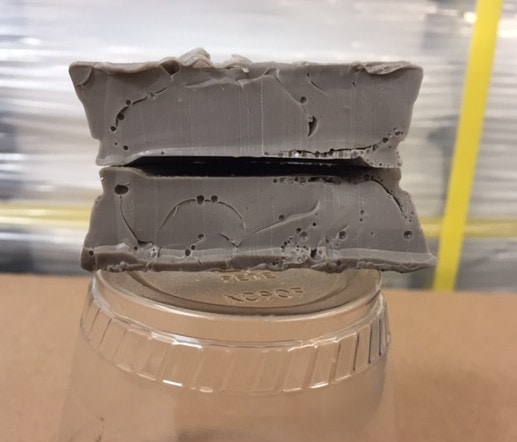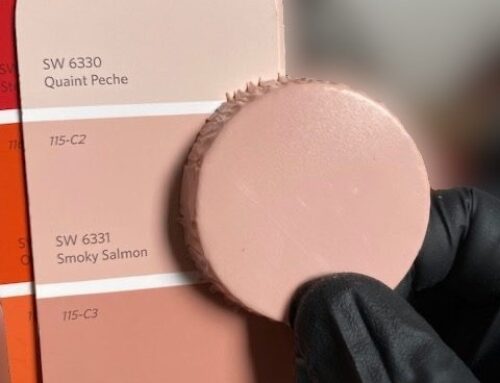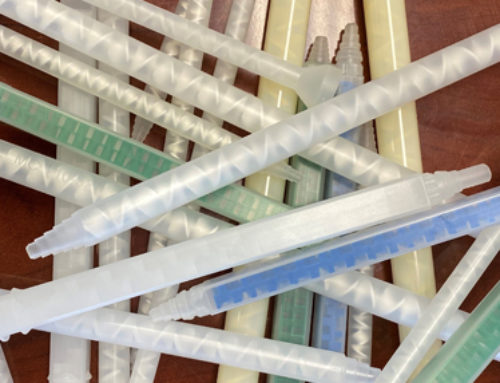When polyurea joint fillers started entering the market, there was a common problem with many of them… they reacted to moisture within joints. That reaction caused the material to immediately gas, or foam, rising up and out of the joint. It’s fun to watch until you realize you’d have to remove the air filled and weakened filler – a lot of unnecessary work. The reason you fill joints in slabs is to protect their brittle edges from becoming damaged by heavy forces on the surface. If the filler is full of voids, as when it foams, it would not have the solid strength required and therefore would easily crush along with the edges of the concrete.
When designing our Velo 85 semi-rigid polyurea joint filler, it was imperative that it did not react to incidental moisture which could be from roof or plumbing leaks, spills, excessive rain and humidity, moisture wicking up through the slab, wet scrubbers, etcetera. In addition, saw cut joints are dark and narrow with little exposure to dry on their own, especially when humidity is high, mechanical drying would be required which would take an extraordinary amount of time.
We are not recommending joints be filled that are completely wet throughout the jobsite. We do however want you to know that Velo 85 will still bond extremely well to random wet joints so you will not be forced to stop and rework these areas.





